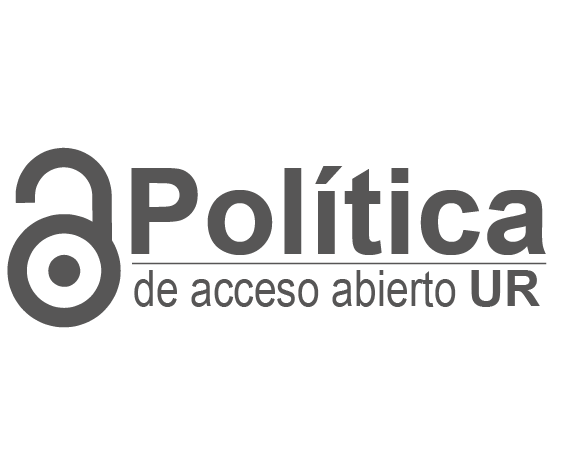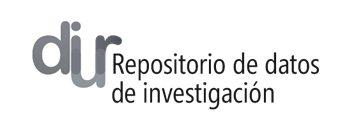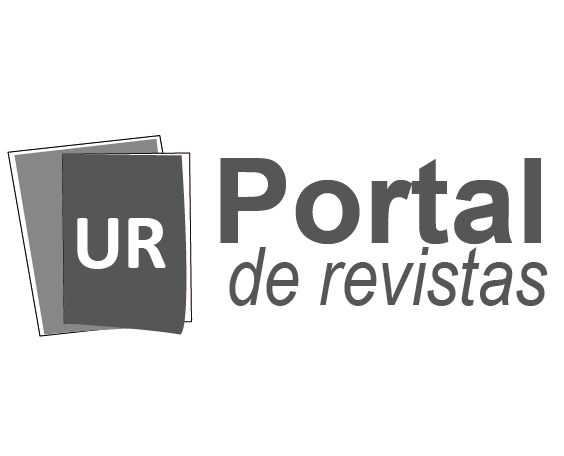Ítem
Solo Metadatos
A prelingual tool for the education of altered voices
| dc.creator | Rodríguez-Dueñas, William R. | spa |
| dc.creator | Saz, Oscar | spa |
| dc.creator | Lleida, Eduardo | spa |
| dc.date.accessioned | 2020-08-19T14:43:31Z | |
| dc.date.available | 2020-08-19T14:43:31Z | |
| dc.date.created | 2012-06 | spa |
| dc.description.abstract | This paper addresses the problem of Computer-Aided Voice Therapy for altered voices. The proposal of the work is to develop a set of free activities called PreLingua for providing interactive voice therapy to a population of individuals with voice disorders. The interactive tools are designed to train voice skills like: voice production, intensity, blow, vocal onset, phonation time, tone, and vocalic articulation for Spanish language. The development of these interactive tools along with the underlying speech technologies that support them requires the existence of speech processing, whose algorithms must be robust with respect to the sources of speech variability that are characteristic of this population of speakers. One of the main problem addressed is how to estimate reliably formant frequencies in high-pitched speech (typical in children and women) and how to normalize these estimations independently of the characteristics of the speakers. Linear prediction coding, homomorphic analysis and modeling of the vocal tract are the core of the speech processing techniques used to allow such normalization through vocal tract length. This paper also presents the result of an experimental study where PreLingua was applied in a population with voice disorders and pathologies in special education centers in Spain and Colombia. Promising results were obtained in this preliminary study after 12 weeks of therapy, as it showed improvements in the voice capabilities of a remarkable number of users and the ability of the tool to educate impaired users with voice alterations. This improvement was assessed by the evaluation of the educators before and after the study and also by the performance of the subjects in the activities of PreLingua. The results were very encouraging to keep working in this direction, with the overall aim of providing further functionalities and robustness to the system. | eng |
| dc.format.mimetype | application/pdf | |
| dc.identifier.doi | https://doi.org/10.1016/j.specom.2011.05.006 | |
| dc.identifier.issn | ISSN: 0167-6393 | |
| dc.identifier.issn | EISSN: 1872-7182 | |
| dc.identifier.uri | https://repository.urosario.edu.co/handle/10336/27720 | |
| dc.language.iso | eng | spa |
| dc.publisher | Elsevier | spa |
| dc.relation.citationEndPage | 600 | |
| dc.relation.citationIssue | No. 5 | |
| dc.relation.citationStartPage | 583 | |
| dc.relation.citationTitle | Speech Communication | |
| dc.relation.citationVolume | Vol. 54 | |
| dc.relation.ispartof | Speech Communication, ISSN: 0167-6393;EISSN: 1872-7182, Vol.54, No.5 (2012); pp. 583-600 | spa |
| dc.relation.uri | https://www.sciencedirect.com/science/article/abs/pii/S0167639311000719 | spa |
| dc.rights.accesRights | info:eu-repo/semantics/restrictedAccess | |
| dc.rights.acceso | Restringido (Acceso a grupos específicos) | spa |
| dc.source | Speech Communication | spa |
| dc.source.instname | instname:Universidad del Rosario | |
| dc.source.reponame | reponame:Repositorio Institucional EdocUR | |
| dc.subject.keyword | Altered voice | spa |
| dc.subject.keyword | Voice therapy | spa |
| dc.subject.keyword | Speech processing | spa |
| dc.subject.keyword | Formant normalization | spa |
| dc.subject.keyword | Vocal tract length estimation | spa |
| dc.title | A prelingual tool for the education of altered voices | spa |
| dc.title.TranslatedTitle | Una herramienta prelingual para la educación de voces alteradas | spa |
| dc.type | article | eng |
| dc.type.hasVersion | info:eu-repo/semantics/publishedVersion | |
| dc.type.spa | Artículo | spa |



